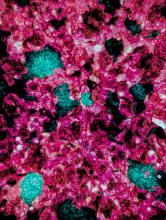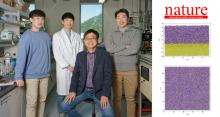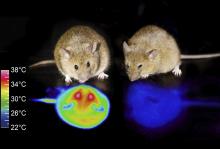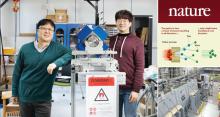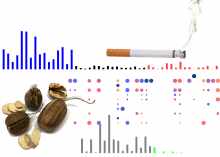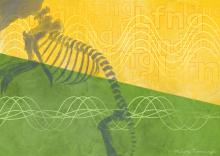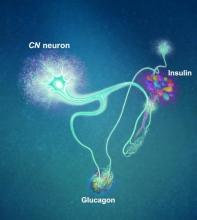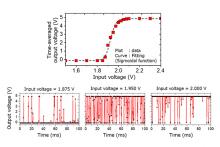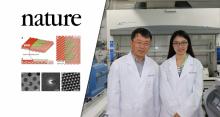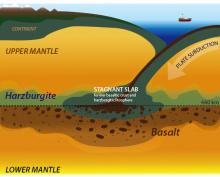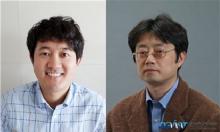Nature
News
24 Jun 2020
A recent study, affiliated with South Korea's Ulsan National Institute of Science and Technology (UNIST) has unveiled a novel material that could enable major leaps in the miniaturization of electronic devices.
12 Jun 2020
Researchers at the University of Tsukuba and RIKEN in Japan spark a hibernation-like state in mice—a species that does not naturally hibernate
28 May 2020
A team of scientists and researchers from A*STAR’s Singapore Immunology Network and Jinan University, Guangzhou, have deciphered human embryonic immune cell development and discovered how the earliest macrophages in humans, a type of white blood cell of the immune system, stems from a distinct embryonic source and not the bone marrow.

12 Mar 2020
Physicists have been trying to observe the quantum phenomenon Kondo cloud for many decades. An international research team has recently developed a novel device that successfully measures the length of the Kondo cloud and even allows for controlling the Kondo cloud. The findings can be regarded as a milestone in condensed matter physics and may provide insights for understanding the multiple impurity systems, such as high-temperature superconductors.
05 Mar 2020
An international team of researchers, affiliated with South Korea's Ulsan National Institute of Science and Technology (UNIST) has for the first time succeeded in demonstrating the ionization cooling of muons.
06 Feb 2020
A global research collaboration, led by world class institutions in Singapore, the UK and the USA, has developed the most detailed catalogue of mutational fingerprints found in most types of cancers that could help clarify their developmental history and lead to new prevention and treatment strategies.

05 Feb 2020
Generating electricity from raindrops efficiently has gone one step further. A research team led by scientists from the City University of Hong Kong (CityU) has recently developed a droplet-based electricity generator (DEG), featured with a field-effect transistor (FET)-like structure that allows for high energy-conversion efficiency and instantaneous power density increased by thousands times compared to its counterparts without FET-like structure. This would help to advance scientific research of water energy generation and tackle the energy crisis.
08 Jan 2020
Researchers observe a key gene during embryonic development in single live mouse cells for the first time, providing insight about how the precise timing of development is controlled.
20 Nov 2019
An international team of researchers have observed a gamma-ray burst, an extremely energetic flash following a cosmological cataclysm, emitting very-high-energy gamma-rays long after the initial explosion.
23 Oct 2019
When a fly eats sugar, a single brain cell sends simultaneous messages to stimulate one hormone and inhibit another to control glucose levels in the body. Further research into this control system with remarkable precision could shed light on the neural mechanisms of diabetes and obesity in humans.
19 Sep 2019
Research groups from Tohoku University and Purdue University - which included Professor Hideo Ohno (the current president of Tohoku University) -jointly developed an unconventional spintronics device harnessing thermal fluctuations and showed a proof-of-concept for probabilistic computing.
27 Aug 2019
A recent study, affiliated with South Korea's Ulsan National Institute of Science and Technology (UNIST) gives explanation for how to enlarge 2D materials as single crystals.
31 Jan 2019
Laboratory experiments at extreme pressures and temperatures lead to precise measurements of the sound velocity of CaSiO3 perovskite which is one of the important constituent minerals in the Earth's mantle. The measurements suggested the accumulation of the subducted oceanic crust beneath the 660 km discontinuity.
08 Jan 2019
Korean researchers have proved the existence of the second band gap in a 2D structure. The result is expected to be used in various fields such as the development of emerging materials, solar cells, and catalysts.
Events
Sorry, no events coming up for this topic.
Researchers
Sorry, no researchers coming up for this topic.
Giants in history
Sorry, no researchers coming up for this topic.


